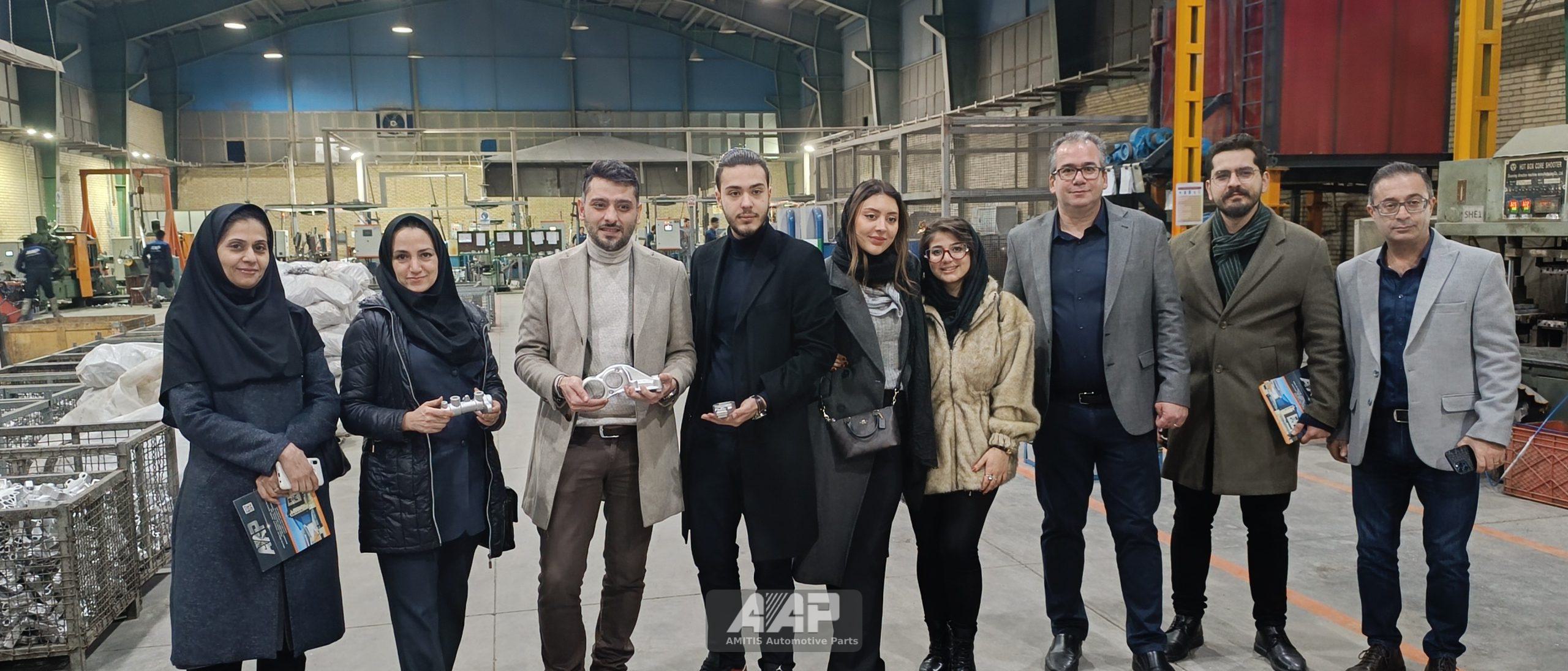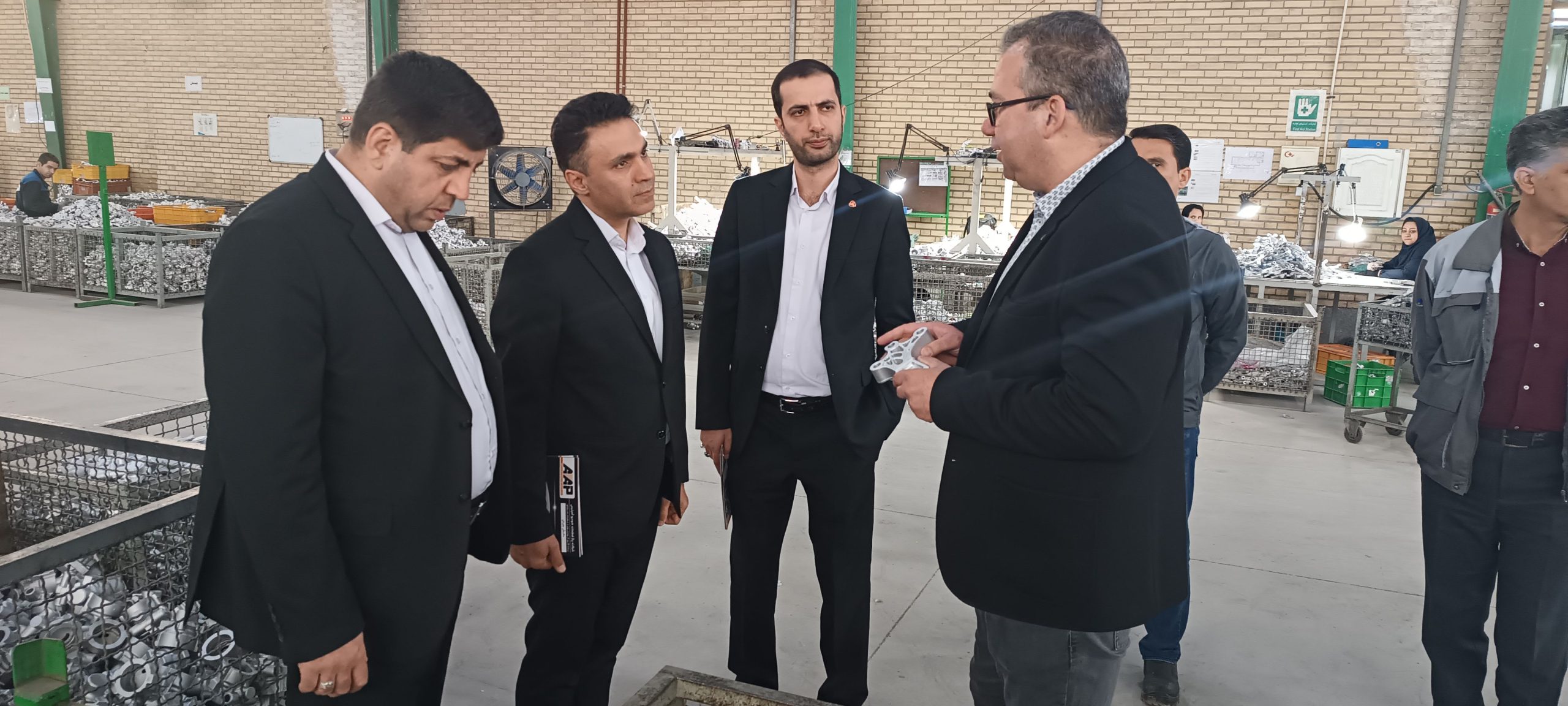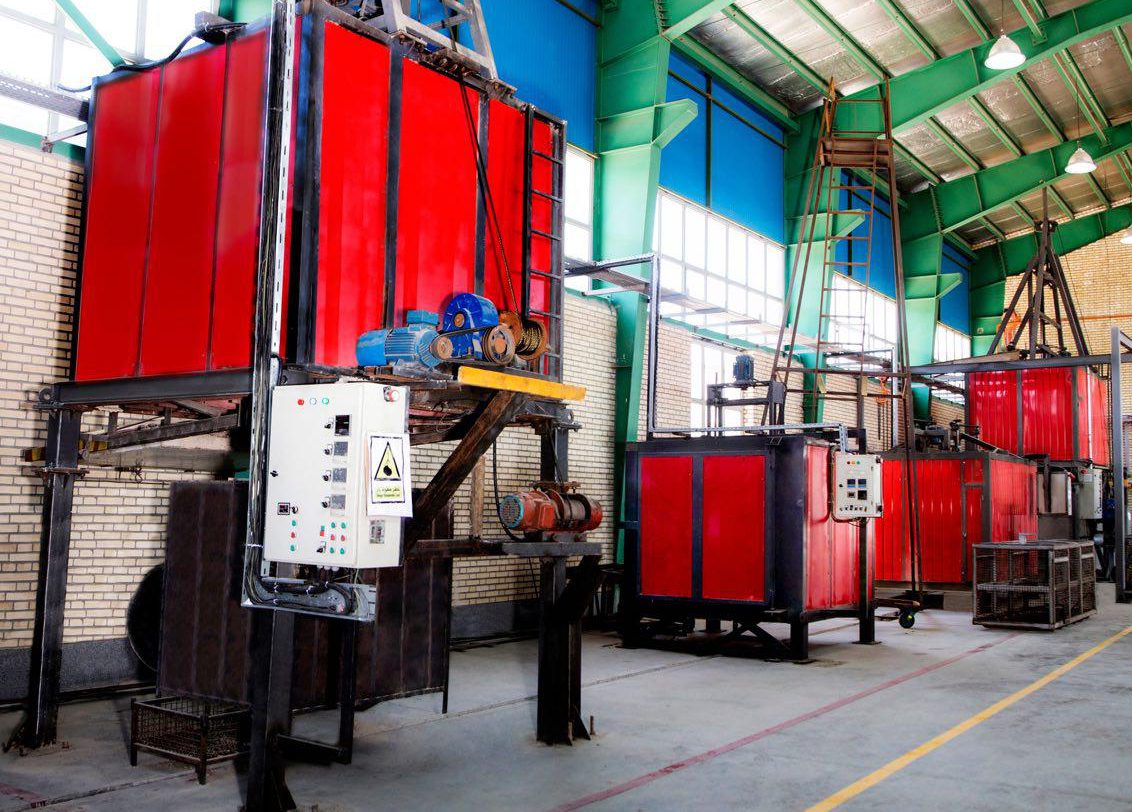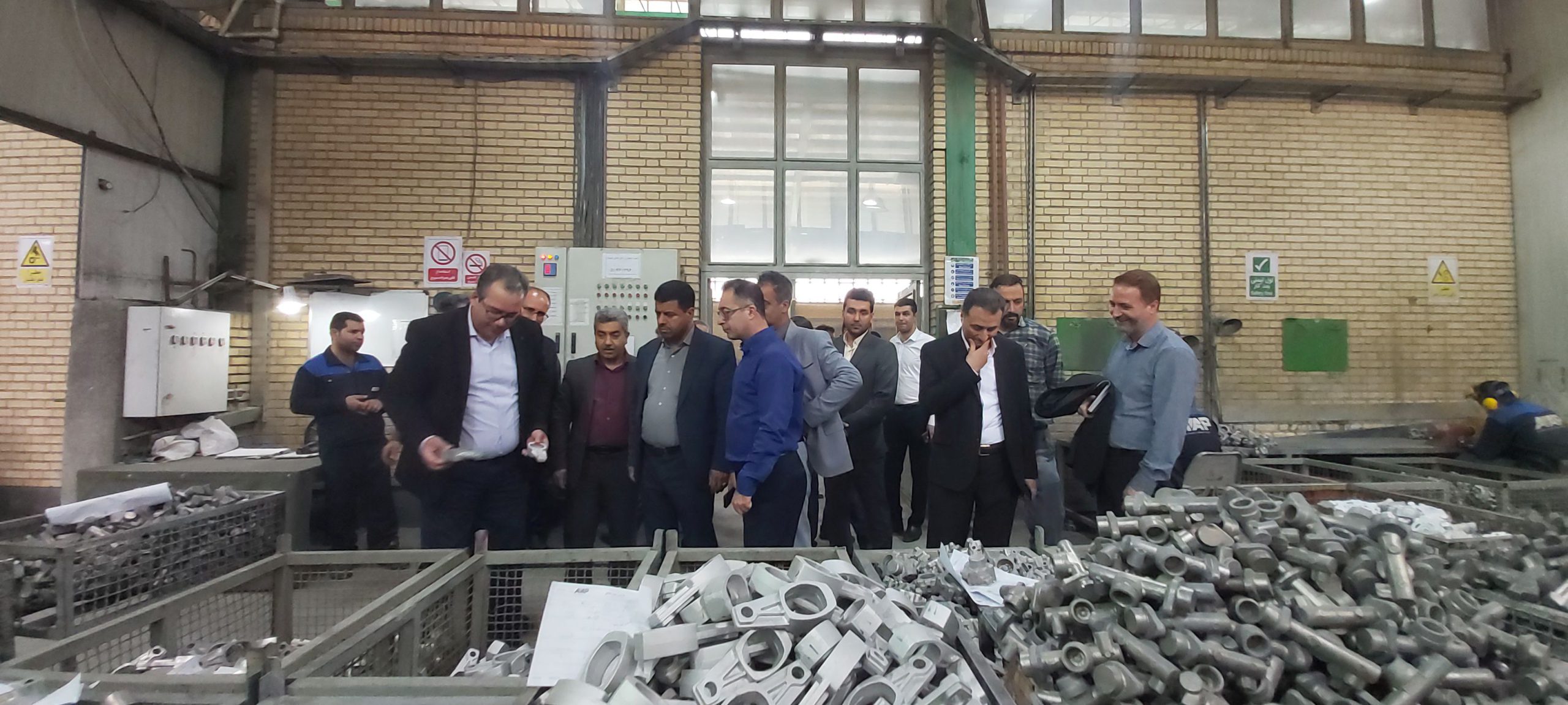Aluminum casting for the production of different shapes, such as industrial components, automotive parts, or consumer products, is typically performed using one or a combination of the following methods:
- Sand Casting:
- In this method, molds made of sand are used to create components.
- The mold is made from a mixture of sand and lignite, and then a metallic or wooden pattern, like aluminum, is placed in it.
- Molten aluminum is poured into the mold, and after cooling, the final piece is obtained.

- Permanent Mold Casting (Gravity Die Casting):
- Permanent molds, usually made of materials like cast iron or steel, are used to produce components.
- The mold is permanently produced, and gravitational forces are applied to lead molten aluminum into the mold.
- This method can be done by gravity or under pressure.
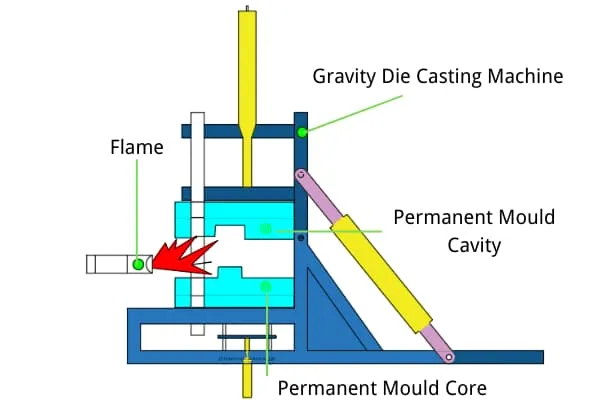
- Pressure Die Casting:
- In this method, molten aluminum is forcibly injected into a compact mold under high pressure.
- This method is suitable for producing high-precision components with controlled surface quality due to its high speed and pressure.
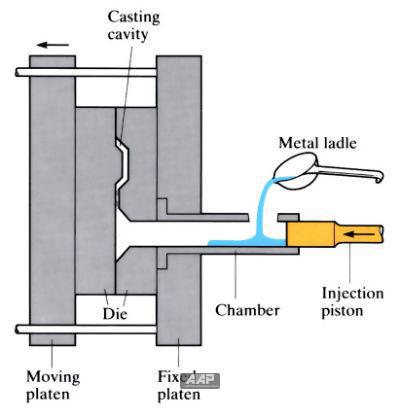
- Centrifugal Casting:
- The mold is rotated around its axis, and molten aluminum is introduced into the mold due to gravitational forces.
- This method is used for producing pipes and rotating components.

- Sandwich Casting:
- The component is made of two different layers of aluminum. The outer layer is made of base aluminum with a high percentage of hard aluminum, and the inner layer is made of aluminum with a high percentage of soft aluminum.
- This method is used for producing components with different mechanical properties in different layers.
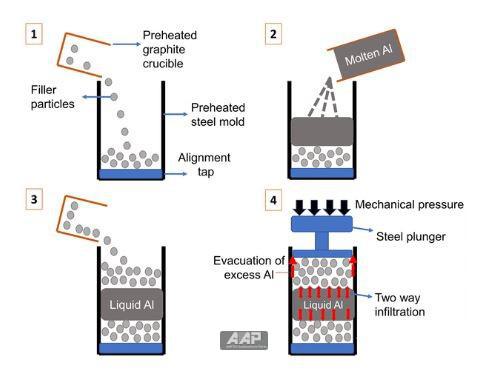
- Lost Foam Casting:
- In this method, a model made of expendable materials (mostly polystyrene) is cast in a mold and then molten aluminum is injected into this space.
- Lost foam casting methods are suitable for producing complex components.

Each of these methods has its own advantages and disadvantages, and the choice of a suitable method depends on the type of component, production quantity, and required characteristics.



